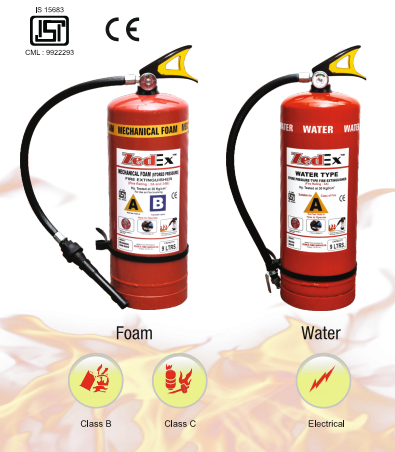WELCOME TO ADHUNIK FIREXPERT
We are technically very competent to design any kind of project where conditions are different from nominal.
Adhunik FIREXPERT Services Is A Leading Fire Protection Equipment Supplier in Gurugram, India
When it comes to fire safety, ignorance can lead to disaster. Fire accidents can happen anywhere, risking the lives of people working or living there. It should be taken quite seriously. FIREXPERT Protection Services provides excellent quality fire safety equipment , India to enhance and optimize your fire safety.
Top Quality Products
We are well versed in how important fire safety products are during an emergency, so we provide pre-tested, top-quality, and branded fire safety equipment in Gurugram, India.
Professional Services
Our fire protection services are executed with precision by a talented team of fire safety specialists, with years of expertise on how to perform such work accurately.
Best Price
When it comes to fire safety, one shouldn't compromise on cost. Our equipment and services are more affordable than most in the market, without sacrificing quality.

Fire Extinguishers
Stay cool and comfortable all summer long with our efficient air cooler, designed for optimal airflow and energy savings.
Fire Extinguishers
Fire extinguishers are crucial devices designed to suppress small fires and prevent them from spreading. Understanding the different types of fire extinguishers and their specific applications can help ensure safety in homes, offices, and public spaces.
Types of Extinguishers
- Water (Class A)
- Foam (Class A and B)
- Dry Powder (Class A, B, and C)
- Carbon Dioxide (CO2) (Class B and C)
- Wet Chemical (Class K)
- Clean Agent (Class B)
Fire Hydrant System
A fire hydrant system is a critical component of fire protection infrastructure, providing emergency responders with quick access to water for firefighting operations. These systems are strategically placed in urban and rural areas to ensure that firefighters can effectively combat fires and protect life and property.
Components of a Fire Hydrant System
- Hydrants: The primary components, hydrants are typically made of durable materials such as ductile iron or brass. They come in various types, including:
- Wet Barrel Hydrants: Common in warmer climates, where water remains in the hydrant.
- Dry Barrel Hydrants: Used in colder areas, designed to drain water to prevent freezing.
- Water Supply: Hydrants connect to a municipal water supply or a dedicated water source, ensuring a steady flow of water during emergencies.
- Piping: Underground piping networks transport water from the source to the hydrants. These pipes must be adequately sized to deliver sufficient water pressure.
- Control Valves: These valves regulate the flow of water to the hydrants. Proper operation is crucial for efficient firefighting.
- Pressure Regulating Devices: To maintain optimal water pressure and prevent damage to the system.
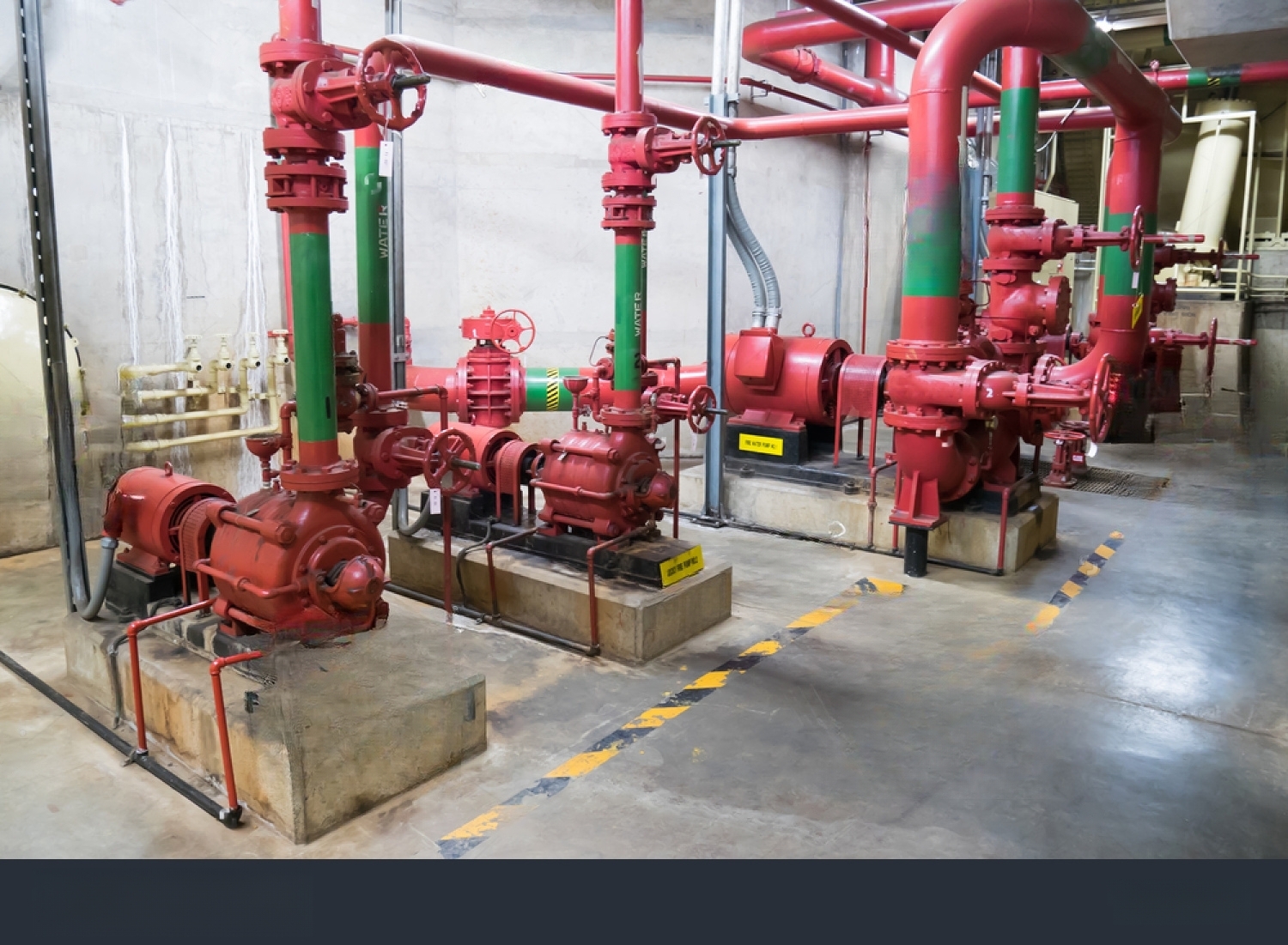
Fire Hydrant System
Stay cool and comfortable all summer long with our efficient air cooler, designed for optimal airflow and energy savings.
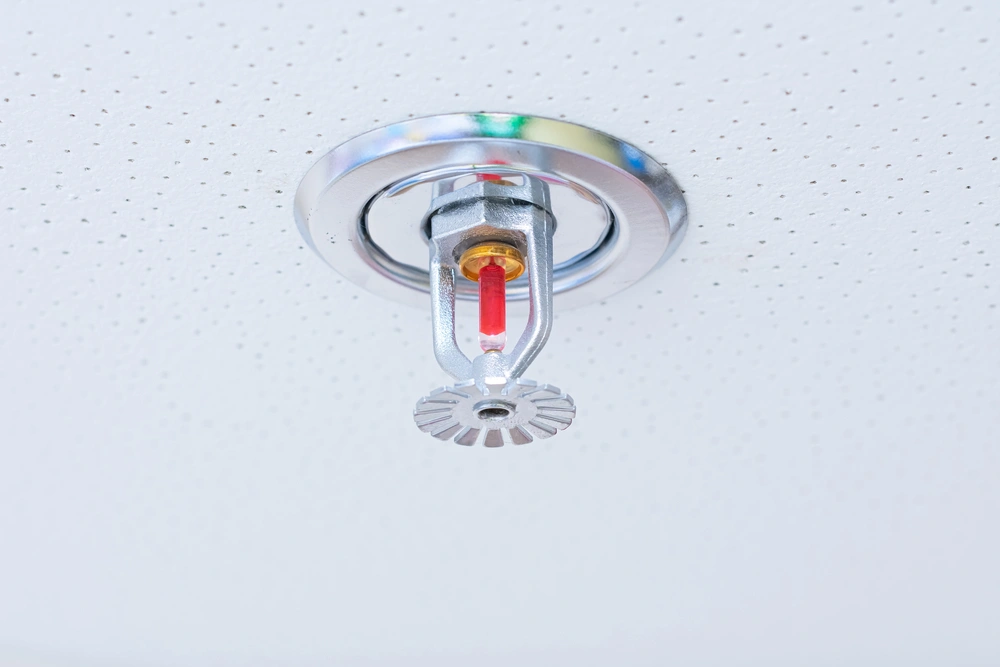
Fire Sprinkler System
Stay cool and comfortable all summer long with our efficient air cooler, designed for optimal airflow and energy savings.
Fire Sprinkler System
Fire sprinkler systems are vital components of modern fire protection, designed to detect and suppress fires automatically. These systems can significantly reduce the risk of fire-related injuries and property damage, making them an essential element in both residential and commercial buildings.
Components of a Fire Sprinkler System
- Sprinkler Heads: The most visible part of the system, sprinkler heads release water when activated by heat. They come in various types, including:
- Concealed Sprinklers: Hidden from view, ideal for aesthetics.
- Pendant Sprinklers: Hang from the ceiling and are commonly used in open spaces.
- Upright Sprinklers: Installed above the ceiling, directing water downward.
- Piping: The network of pipes transports water from the source to the sprinkler heads. These pipes are designed to withstand high pressures and are usually made from steel, copper, or PVC.
- Water Supply: Fire sprinkler systems require a reliable water source, which can be from municipal water lines, tanks, or dedicated pumps.
- Control Valves: These valves manage the water flow within the system. They must be regularly inspected to ensure they are operational.
- Alarm Systems: Integrated fire alarm systems notify occupants and emergency services when a sprinkler is activated.
Fire suppression system
Fire suppression systems are crucial safety measures designed to detect and extinguish fires before they escalate, protecting lives, property, and assets. These systems can be categorized into various types, each tailored to specific environments and fire risks. Fire suppression systems are critical components in fire protection strategies, designed to detect and control fires quickly, minimizing damage and protecting lives.
Key Components
- Detection Devices: Smoke detectors, heat sensors, and flame detectors identify the presence of fire and initiate the suppression process.
- Dry Barrel Hydrants: Centralized systems that monitor fire conditions and activate suppression mechanisms.
- Delivery Systems: Includes pipes, nozzles, and other components that disperse the extinguishing agent effectively.
- Manual Activation Stations: Allow for manual triggering of the suppression system in case of fire detection.
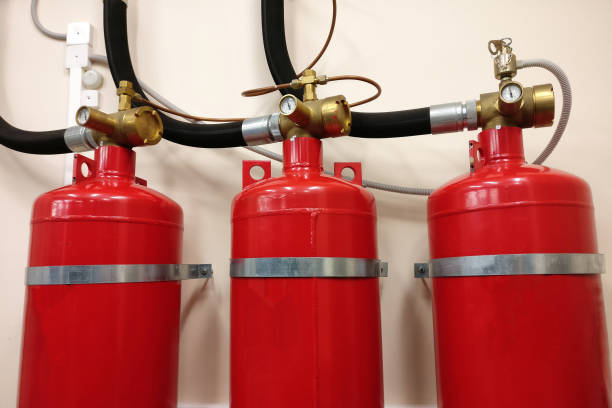
Fire suppression system
Stay cool and comfortable all summer long with our efficient air cooler, designed for optimal airflow and energy savings.
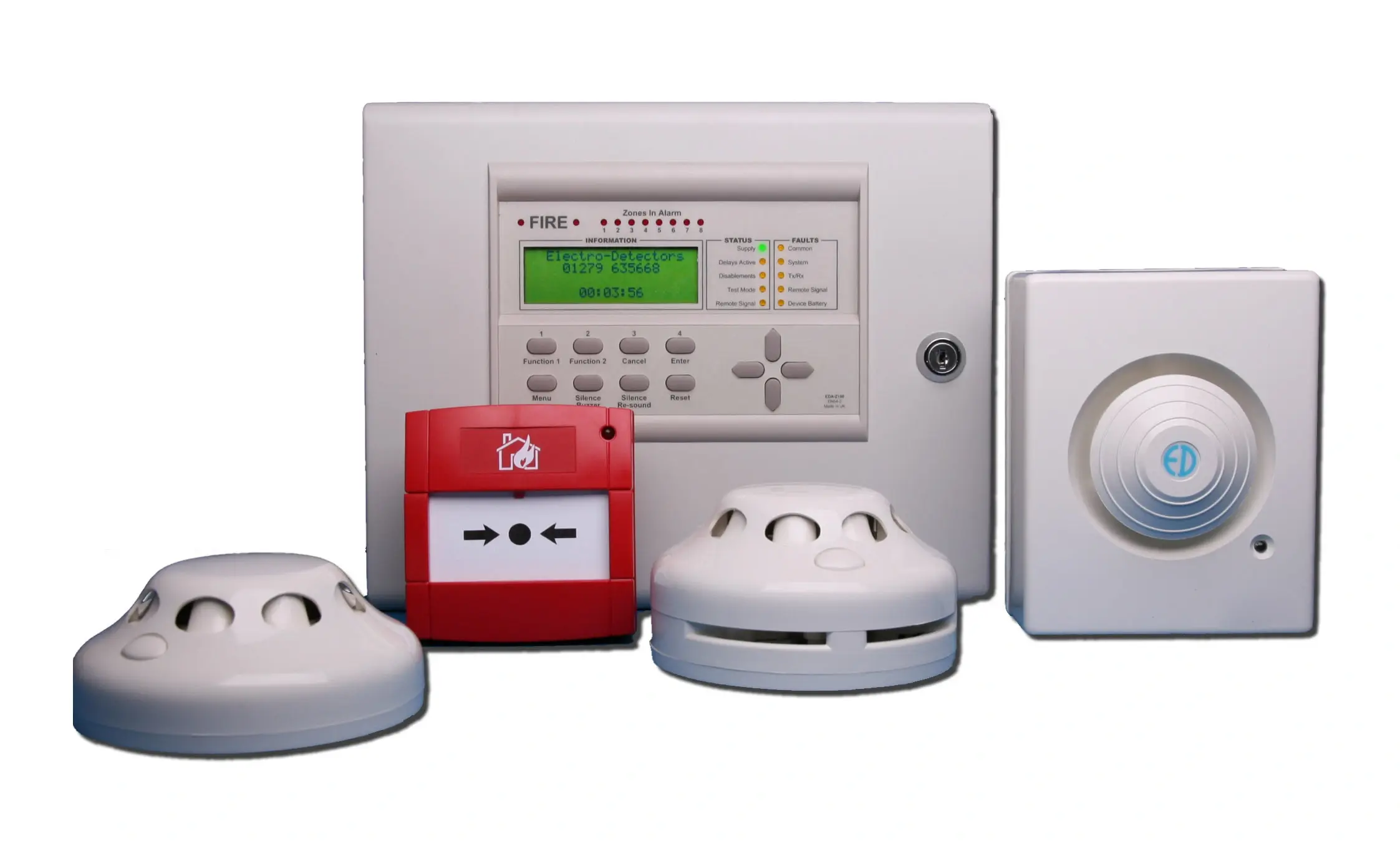
Fire Alarm System
Stay cool and comfortable all summer long with our efficient air cooler, designed for optimal airflow and energy savings.
Fire Alarm System
Fire alarm systems are essential safety mechanisms designed to detect fires early and alert occupants, enabling swift evacuation and response. They play a crucial role in protecting lives and property by providing early warning signals when a fire is detected. By providing timely warnings, these systems help ensure swift evacuations, potentially saving lives and minimizing property damage.
Types of Fire Alarm Systems
- Conventional Fire Alarm Systems: These systems divide the building into zones. When an alarm is triggered, the control panel indicates the zone, helping responders identify the location of the fire.
- Addressable Fire Alarm Systems: More sophisticated, these systems assign a unique address to each detection device, allowing for precise identification of the device that activated the alarm. This enhances response efficiency.
- Wireless Fire Alarm Systems: Utilizing wireless technology, these systems are easier to install and expand, making them suitable for various environments where traditional wiring is not feasible.
Fire VESDA System
The VESDA (Very Early Smoke Detection Apparatus) system is a sophisticated, high-sensitivity smoke detection solution designed to provide early warning of potential fire risks. This system is widely recognized for its ability to detect smoke at extremely low concentrations—often well before visible signs of smoke or flames appear—making it a critical component in modern fire protection systems, especially in environments where rapid response is vital.
Key Components
- High Sensitivity : Detects smoke at low concentrations, often well before visible signs of fire.
- Early Warning : Offers pre-alarms for early intervention, preventing fire spread.
- Multiple Alarm Levels : Alerts vary from pre-alarm to full fire alarms, allowing for appropriate response. ”
- Wide Coverage: Suitable for large or complex spaces with its pipe-based air sampling. ”
- Integration : Can work with other fire safety systems like sprinklers and alarms. ”

Fire VESDA System
Stay cool and comfortable all summer long with our efficient air cooler, designed for optimal airflow and energy savings.
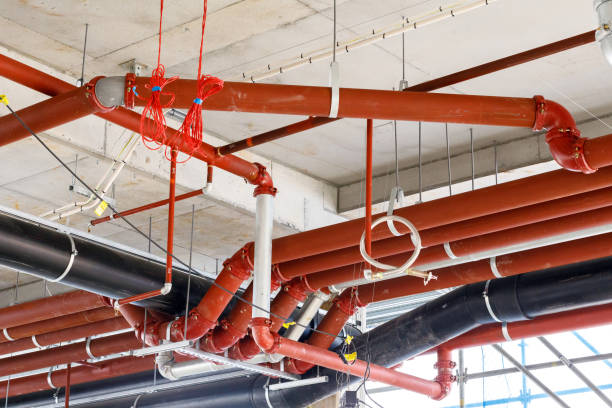
Fire Tubing System
Stay cool and comfortable all summer long with our efficient air cooler, designed for optimal airflow and energy savings.
Fire Tubing System
A fire tubing system typically consists of a network of flexible, heat-sensitive tubes filled with a special agent, such as water, foam, or dry chemicals, designed to activate when exposed to heat or flames. The tubing is strategically placed throughout a protected area, often in vulnerable or high-risk locations, such as machinery rooms, electrical panels, or large storage areas.
Key Components
- Flexible Tubing : The heart of the fire tubing system is the flexible heat-sensitive tubing, which is typically made from durable materials like rubber or plastic. The tubing is designed to burst or activate when it reaches a specific temperature, releasing the fire suppression agent. Fire Suppression Agent: Depending on the system, various suppression agents may be used, including:
- Water : Often used in areas where traditional sprinklers are insufficient or impractical.
- Foam : Effective for suppressing flammable liquid fires.
- Chemical agents : Like dry powders or gases that are ideal for use in electrical equipment or machinery where water is not appropriate.
- Fittings and Accessories : These include valves, connectors, and nozzles that help distribute the suppression agent throughout the protected area. Fittings are designed for quick installation and maintenance.
- Control Panel (optional) : In more advanced systems, a control panel monitors the state of the fire tubing system, including the temperature, pressure, and agent levels, and provides alerts in case of activation.
Glow Signage and Emergency Lights
Glow signage and emergency lights are critical components of safety management in public spaces, commercial buildings, and industrial facilities. They serve to guide and inform occupants during emergencies, ensuring a safe and efficient evacuation.
Types of Glow Signage
- Exit Signs: Indicate the nearest exit routes, guiding occupants to safety.
- Directional Signs: Provide information on the location of exits, restrooms, fire extinguishers, and assembly points.
- Safety Instructions: Communicate essential safety protocols, such as “Emergency Exit Only” or “No Smoking. ”
- Hazard Signs: Warn of potential hazards, like “Flammable Materials” or “Electrical Hazard. ”

Glow Signage and Emergency Lights
Stay cool and comfortable all summer long with our efficient air cooler, designed for optimal airflow and energy savings.
